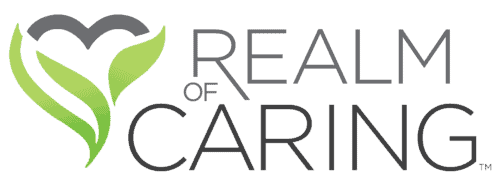Please use this link to access this publication.
ABSTRACT
Objectives
To assess health-related outcomes associated with medical cannabis use among older patients in Colorado and Illinois enrolled in their home state’s medical cannabis program.
Methods
Cross-sectional data from anonymous surveys were collected from 139 persons over the age of 60 using medical cannabis in the past year. We used structural equation modeling (SEM) to confirm the hypothesized four-factor structure that includes health-related quality of life (HRQL), health-care utilization (HCU), symptom effects, and adverse events. We then examined associations between cannabis use and self-reported outcome changes using linear regression.
Results
The four-factor model was the best fitting structure (X2(df) = 81.63 (67), p> X2 = 0.108) relative to reduced structures. We also found that using cannabis 1–4 times per week is associated with 3.30 additional points on the HRQL scale (p < .001), 2.72 additional points on the HCU scale (p < .01), and 1.13 points on pain (p < .001). The frequency of use reported at 5–7 times per week is associated with 4.71 additional HRQL score points (p < .001). No significant associations were observed between the frequency of use and adverse events.
Conclusions
We observed how cannabis use outcomes fall into four independent factors, and those using more frequently reported higher values on HRQL, HCU, and pain measures. However, we are cautious about the generalizability of our findings.
